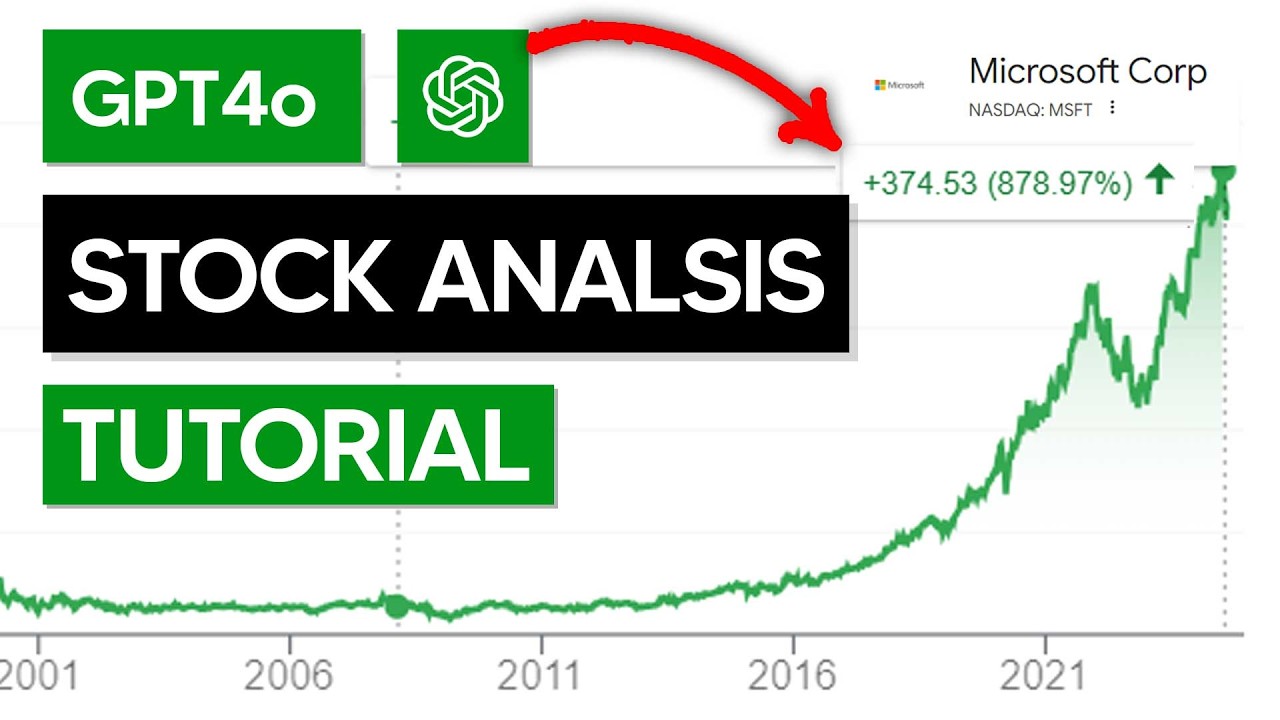The ability to customize the trading platform in accordance with your goals in trading, tolerance for risk, and the current market conditions is one of the key features of AI-powered stock prediction and analysis trading platforms. Platforms with powerful customization features can improve your trading efficiency. Here are 10 great strategies to help you evaluate the capabilities of a platform to modify your strategy:
1. Evaluate Pre-Built Strategy Templates
Many templates. Find out if the platform comes with a wide variety of pre-built strategies for different trading types (e.g. day trading, swing trading, or long-term investing).
You can easily modify the templates to adapt them to meet your requirements.
Performance history: Find out if the platform offers historical performance information on a pre-built strategy.
2. Review Customized Strategy Creation
Drag-and-drop: Find platforms that offer drag-and-drop interfaces to create custom strategies.
Look for options to code. For those who are more advanced it is possible to check whether the platform allows custom programming.
Flexibility - Make sure the platform you select permits you to establish rules for the entry and exit of your business, as well as parameters for risk management, and other key aspects of your strategy.
3. Check for Backtesting Capabilities
Historical data: Make sure that the platform has enough historical data available to backtest strategies.
Modifiable parameter: Make sure you have the ability to adjust parameters during backtesting (e.g. indicators or timeframes).
Performance metrics: Make sure the platform has detailed metrics of performance (e.g. Win rate, Sharpe Ratio, Drawdown) in the back-testing of strategies.
4. Evaluate Real-Time Strategy Testing
Paper trading: Make sure that the platform lets you play around with your strategies or to test them without putting any money at risk.
Live testing - Make sure that you can test strategies with small amounts of money to see how they work.
Real-time Adjustments: Test whether you're able to make adjustments in real-time, based upon the market conditions.
5. Assess Integration with Technical Indicators
Indicator libraries: Make sure the platform has a full toolkit for technical analysis (e.g. MACD, RSI and moving averages).
Custom indicators - Make sure that you are able to import or create your own custom indicators.
Find out if you can combine several indicators to make more complicated strategies.
6. Check for Risk Management Tools
Stop-loss/take-profit: Ensure the platform allows you to set stop-loss and take-profit levels within your strategies.
Size of the position: See whether you are able to define guidelines for the size of your portfolio (e.g., fixed amount, percentage of portfolio) to reduce risk.
Risk-reward Ratio: Verify that the platform supports setting individual risk-reward levels to trades and strategies.
7. Evaluate Multi-Asset Strategy Support
Asset classes: Verify that the platform has strategies for a variety of asset classes.
Cross-asset strategies: Determine if you are able to develop strategies that incorporate various types of assets (e.g. pairs trading and hedges, etc.).
Market coverage: Check if the platform offers the services you require (e.g. US, international or copyright).
8. Assess Automation and Execution
Automated trading: Make sure the platform supports automated execution of strategies based on established rules.
Types of orders: Check to see if the platform permits different types of orders (e.g. limit or market) when executing a strategy.
Latency: Ensure that the platform has a low latency when trading, particularly if you are using high-frequency strategies.
9. Check out Strategy Optimization Tools
Parameter optimization: Make sure the platform provides tools to optimize the parameters of your strategy (e.g. grid search and genetic algorithm).
Machine learning integration Check to see if your platform incorporates machine learning in order to enhance and improve strategies.
Scenario Analysis: Determine whether the platform can test strategies for different markets (e.g. bull bear, bear or volatile).
Review User Feedback
User feedback Conduct research on users to assess the effectiveness of the platform in creating a custom strategies.
Community forums: See whether you can find forums where members discuss and exchange ideas for custom strategies.
Support resources for users - Make sure that the platform includes guides and instructions for users to create and enhance strategies.
Bonus Tips
Trial period: Try the platform's customization features without cost with a demo or demo.
Scalability: Make sure your platform can handle complex strategies that evolve when you trade.
Customer Support: Verify that the platform has assistance for any concerns related to strategy or issues.
By following these tips, you can effectively assess the capabilities to customize strategies of AI stock predicting/analyzing trading platforms Be sure to select one that matches your objectives in trading and lets you implement and refine your strategies in a way that is efficient. Platforms with strong customization capabilities will allow you to adapt to changing market conditions, and enhance your trading performance. Take a look at the recommended stock analysis app for site examples including stock predictor, investing in ai stocks, incite, best ai stocks to buy now, chart analysis ai, incite, best ai trading app, ai investing tools, free ai investing app, ai chart analysis and more.

Top 10 Tips To Evaluate The Reviews And Reputation Of Ai-Powered Stock Prediction/Analyzing Trading Platforms
Reviewing the reputation and reviews of AI-driven stock prediction and trading platforms is vital to ensure trustworthiness, reliability, and effectiveness. Here are 10 guidelines for evaluating their reviews and reputations:
1. Check Independent Review Platforms
You can find reviews on reliable platforms like G2, copyright or Capterra.
Why independent platforms provide unbiased feedback from actual users.
2. Review User Testimonials as well as Study Case Studies
Tip: Read user testimonials and case research on the platform's website or other third-party sites.
The reason: They offer insight into performance in the real world and satisfaction of users.
3. Examine Expert Opinions and industry recognition
Tip: Research whether the platform has been approved or reviewed by industry experts, financial analysts, or reliable publications.
Why Expert endorsements are important: They add credibility to the claims of the platform.
4. Social Media Sentiment
Tip Monitor social media sites (e.g. Twitter. LinkedIn. Reddit.) to learn what others are talking about and how they feel about it.
Social media lets you see the unfiltered opinions of users and trends.
5. Verify Compliance with Regulatory Regulations
Make sure your platform conforms to financial regulations, like SEC and FINRA or data privacy laws, like GDPR.
Why: Compliance ensures that the platform operates legally and ethically.
6. Transparency is a crucial aspect in performance metrics
TIP: Determine if the platform offers transparent performance metrics (e.g. accuracy rates, ROI, backtesting results).
Transparency improves trust among users, and it aids them in evaluating the quality of the service.
7. Check the Quality of Customer Support
Reviewers can see how responsive and effective the customer service is.
The reason: Having dependable support is essential to resolve user issues and providing an enjoyable overall experience.
8. Be sure to look for Red Flags in Reviews
Tip: Pay attention to complaints that have a tendency to recur for example, ineffective service, hidden fees or lack of updates.
Consistently bad feedback indicates that there could be a problem in the system.
9. Examine User Engagement and Community Engagement
Tips: Find out whether the platform interacts with users frequently and has a lively community.
Why: Strong communities indicate user satisfaction and continued support.
10. Verify the track record of the company.
TIP: Study the history of the company, its management team, and previous performance in the area of financial technology.
The reason: Having a track record of record increases trust and confidence in the platform.
Bonus Tips: Compare Multiple Platforms
Compare the ratings and reputations of various platforms to identify which is best suited to your needs.
Following these tips, it is possible to look over the credibility and opinions of AI-based software for trading and stock prediction and ensure you pick an effective and reliable solution. Follow the best using ai to trade stocks for more recommendations including chart ai trading, ai stocks to invest in, best copyright prediction site, ai trading bot, incite ai, ai stock picker, stocks ai, best free copyright trading bot, trading ai, ai investing tools and more.
